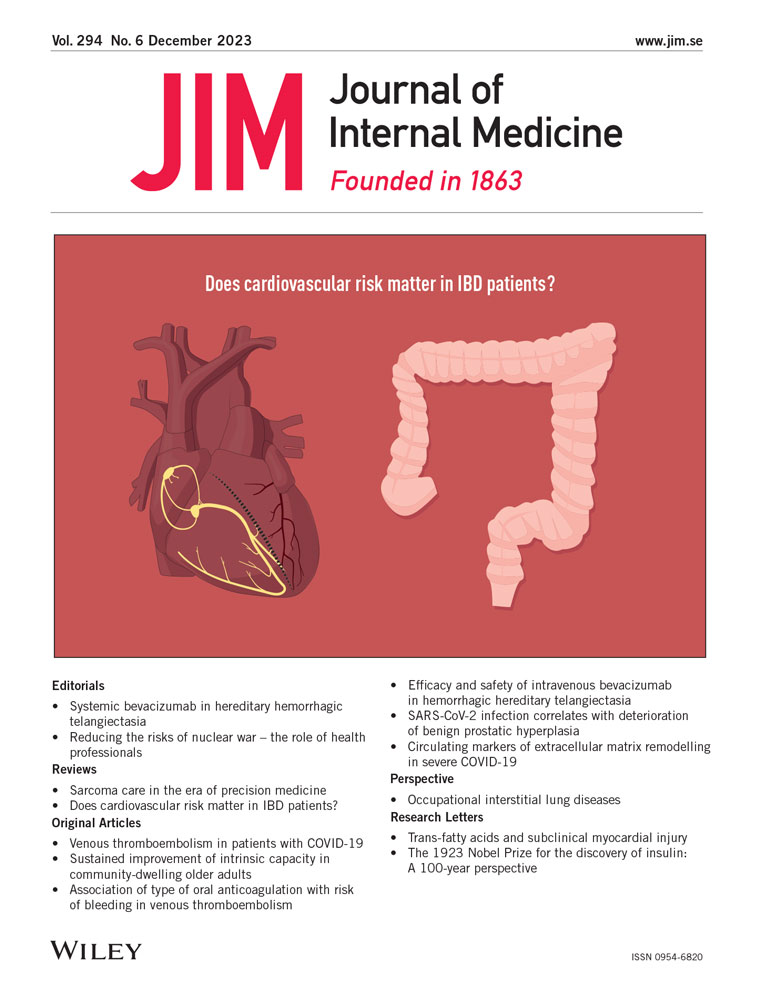The 1923 Nobel Prize for the discovery of insulin in a 100-year perspective
Dear Editor,
On December 10, 1923 the Nobel Prize was awarded according to the by-then tradition in the celebration hall of the Royal Musical Academy at Nybrokajen 11 in Stockholm, Sweden. But everything was not as usual at this time.
The awardees of the prize in physiology or medicine Frederick G Banting and John J R Macleod from Toronto, Canada were unable to attend the ceremony, and their prize was received by the Ambassador of the British Commonwealth in Stockholm for further promotion.
Behind the laureates' nonappearance was widespread internal and external dissatisfaction, not with awarding the discovery of insulin, but with the choice of laureates. Should both or only one of them, possibly in combination with a coworker, have received the award instead? The choice of John Macleod was questioned, and when Banting received the telegram from the Nobel Committee that he had been awarded, he was so angry that Macleod was offered the same honor that he initially refused to accept the prize. He was, however, persuaded to accept but decided that he would share the prize money with his associate, Charles Best. Macleod decided likewise but shared his part with the biochemist James Collip.
This documentary [link: https://youtu.be/9_4LR-J_4g0?si=HprHDLbXu1pi4Ff2] is based on an article by the authors [1]. The second and third parts are, however, expanded with new material. In it, we give our view of the problems that were associated with this Nobel Prize in today's perspective. The first section summarizes the development of knowledge on diabetes until the beginning of the 1920s, whereas the evaluation of Nobel activities at the Karolinska Institutet is scrutinized in the middle section. Finally, some later advances, based on the discovery of insulin and of great importance for the treatment of diabetes, will be reviewed.
Author contributions
Writing – original draft; writing – review and editing: Magnus Lindsten.
Conflict of interest
The authors declare that there are no conflicts ofinterest.





